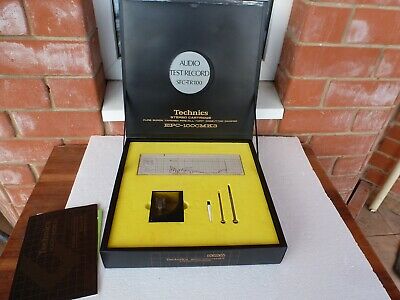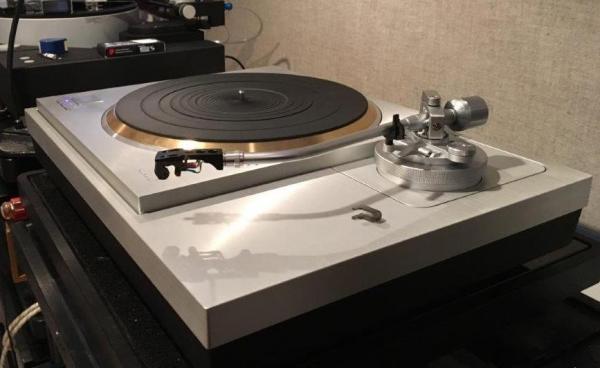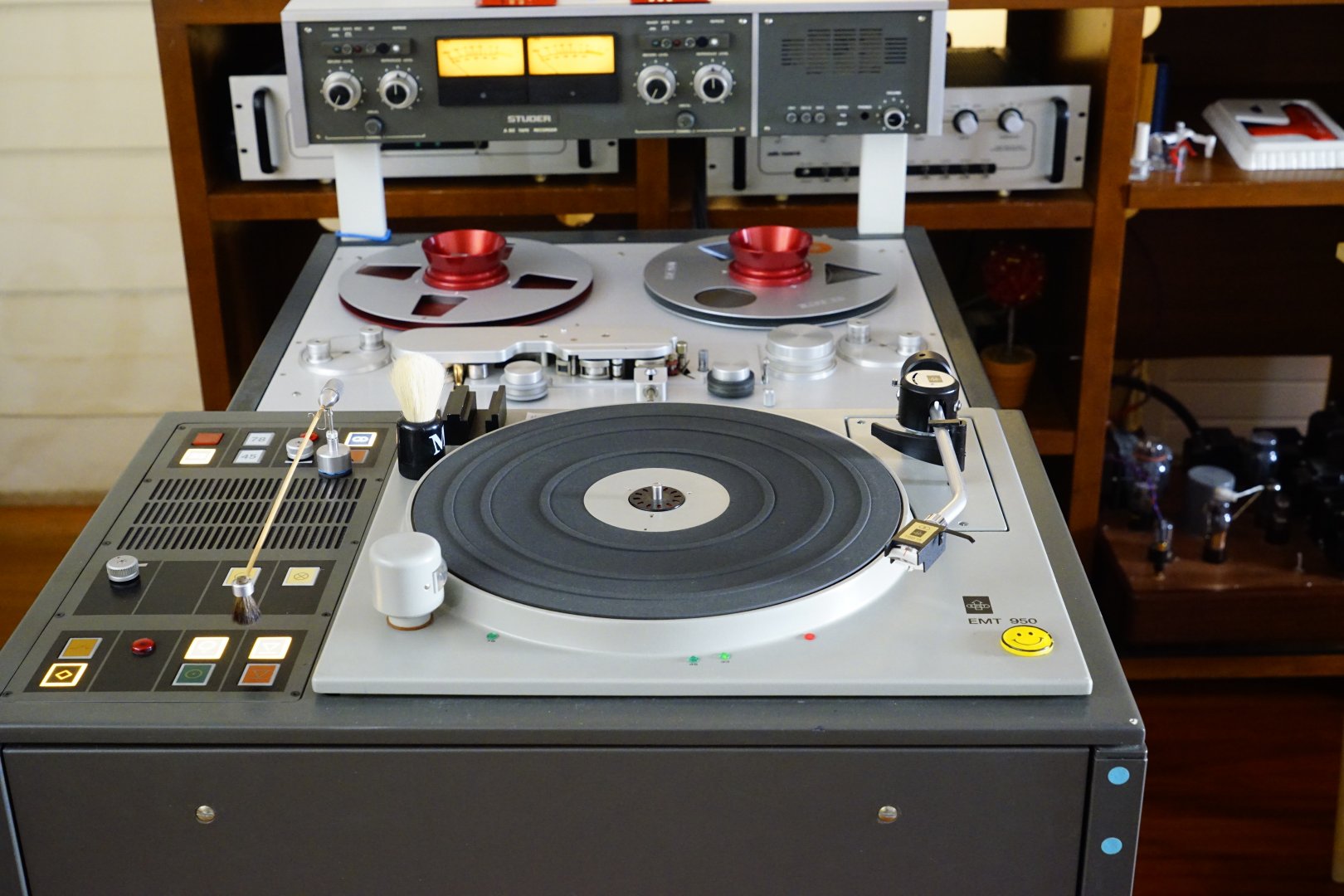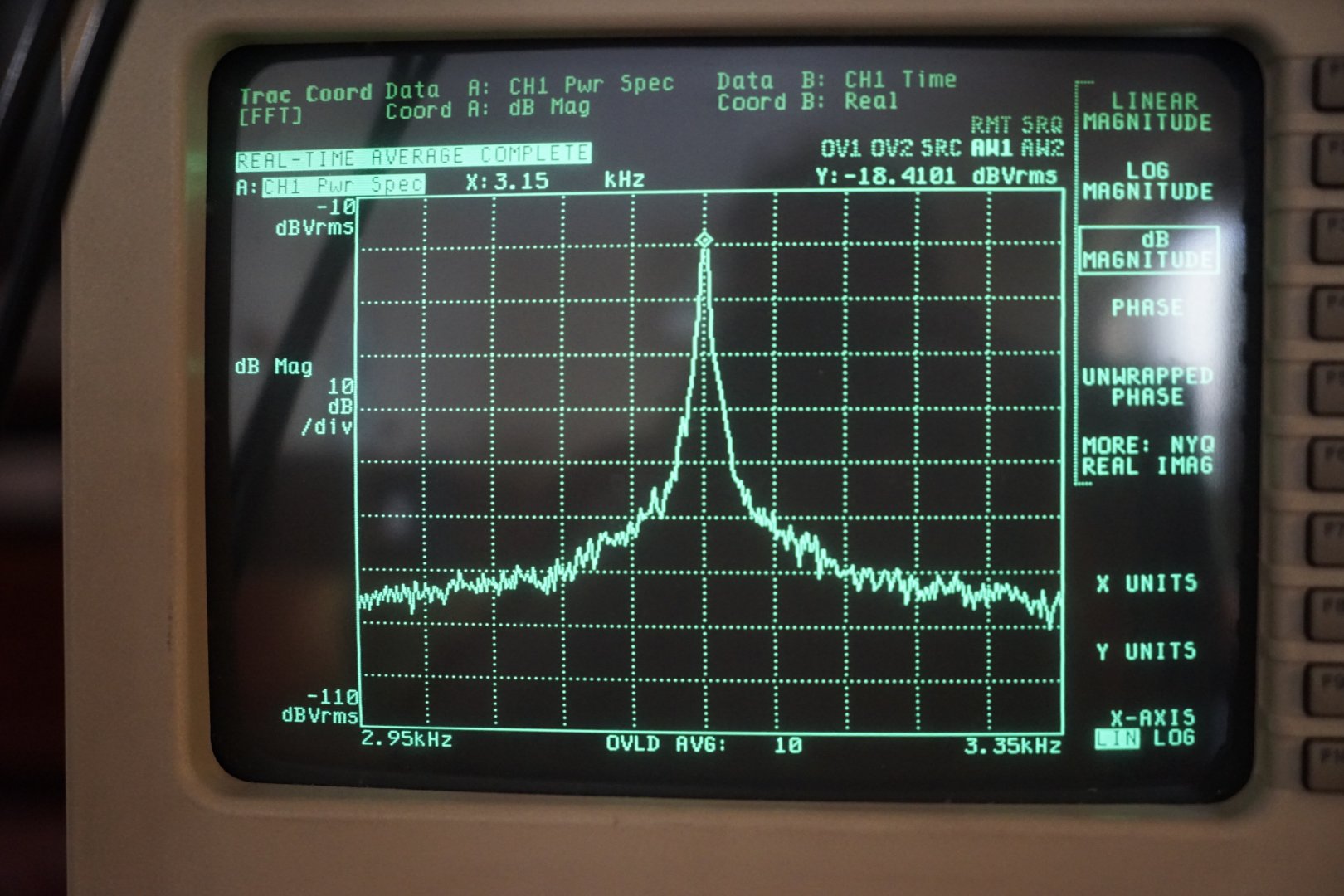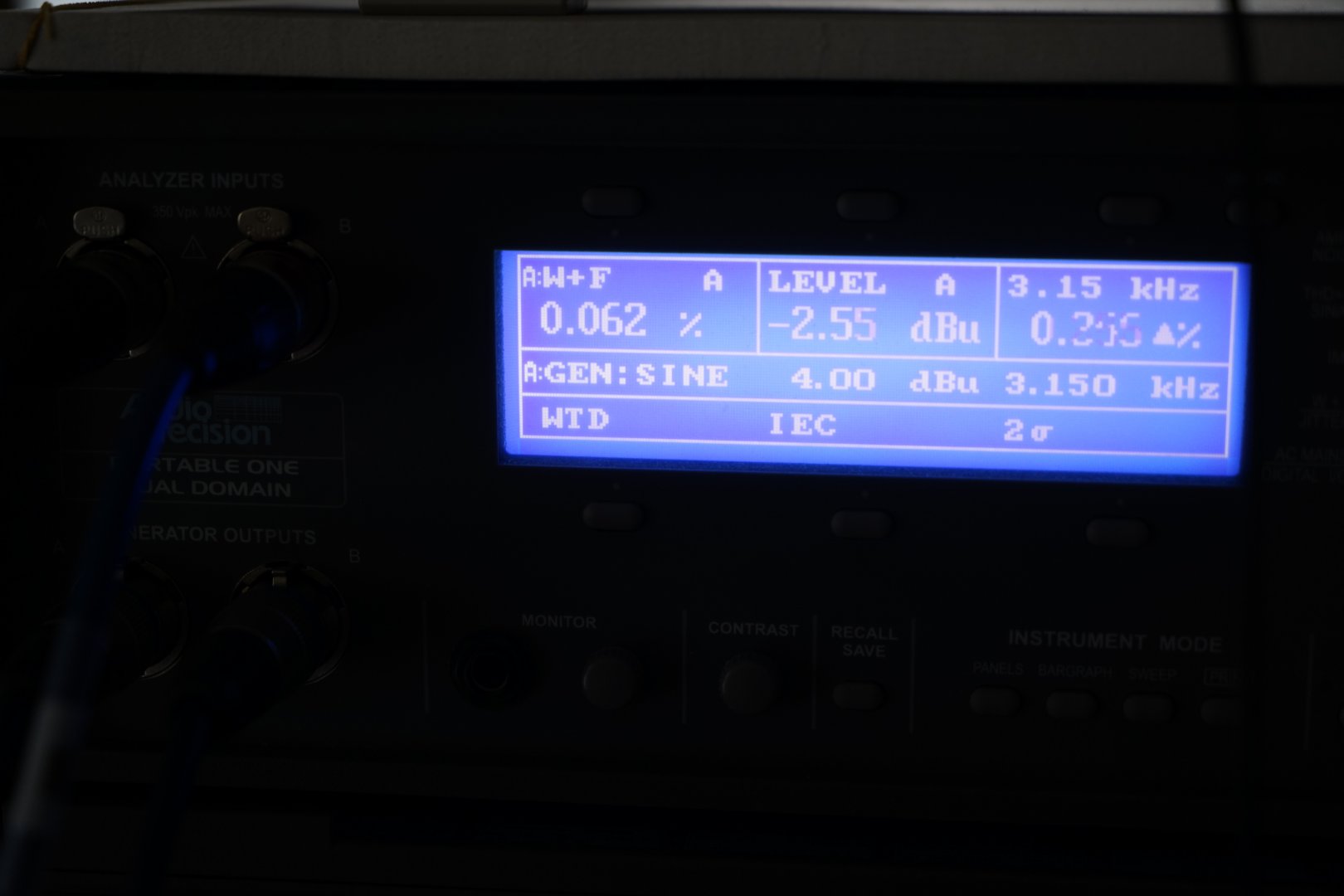Αν επιτρεπεται πως εφτασε στην κατοχη σου το jvc.?Το έχω τσεκάρει εκεί ότι είναι μόνο jap αλλά είπα μπας και κάποιο μέλος έχει βρει καμιά άλλη άκρη..
Most visitors online was 7182 , on 21 Nov 2025
Αν επιτρεπεται πως εφτασε στην κατοχη σου το jvc.?Το έχω τσεκάρει εκεί ότι είναι μόνο jap αλλά είπα μπας και κάποιο μέλος έχει βρει καμιά άλλη άκρη..
Από ebay πριν δυο χρόνια.Αν επιτρεπεται πως εφτασε στην κατοχη σου το jvc.?
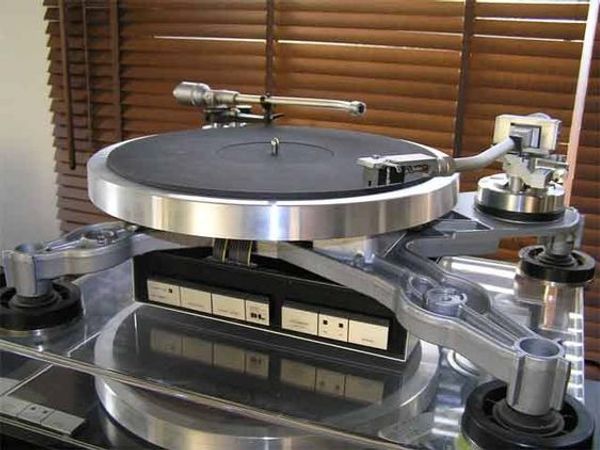
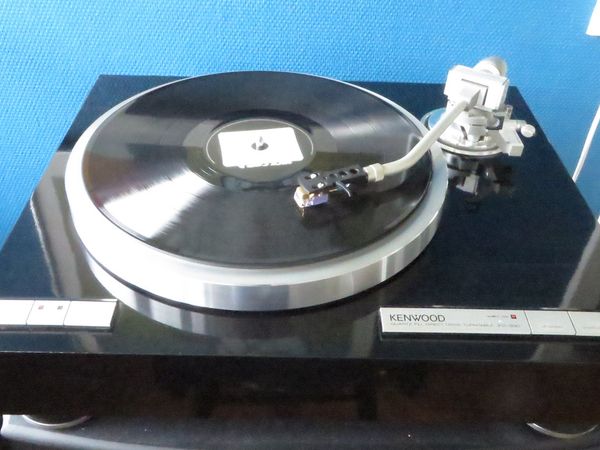
(Αν βρεθεί το παλιό εκείνο νήμα, που νομίζω ότι λέει το πως κολλήσαμε το μικρόβιο ή κάπως έτσι, θα δω αν έχω γράψει κάτι εκεί, για να το συνεχίσω. Αλλιώς θα το πιάσω από την αρχή).


When asked to pinpoint the single fundamental element of violin technique, he replied; "Absolute pitch first of all. Many a player has the facility, but without perfect intonation he can never attain the highest perfection. On the other hand, anyone who can play a single phrase in absolute pitch has the first great essential. "1
| Exclusive P3 | 530,000yen(around the 1979 time) |
| 600,000yen(around the 1981 time) |
The stereo player system which eliminated a cost restraint and technical compromise, poured in all the technical know-hows, and was finished by an one-set one-set handmade in order to pull out the sound of the disk of one sheet to a limit closely, and also to remove an oscillation as much as possible and to realize a high fidelity play. The scheme which controls DD motor of the linear torque scheme of a slotless and a coreless structure by Quartz PLL is adopted as a phone motor and a bearing structure. Furthermore, by the conventional measuring method, the impossible rotation performance of 0.001% of less than rotation unevenness 0.003% and a rotational frequency precision is realized by adopting the bearing structure of a SHR (Stable hanging rotor) scheme where the centroid of the axis-of-revolution part was set up low. A SHR scheme is what designed the bearing structure to the inverted structure of the conventional scheme, an inertia arises in a bearing part during a rotation, and side pressure has stopped applying to an axis probably by having brought the supporting point close to a centroid and having changed the conventional bearing part into the rotation side as for it. And for the preventing with �K�^, the path clearance of bearing occurs for a minimum and the inertia of a turntable is set to sufficient torque also to the load intensity of the cartridge added to the perimeter of a turntable. The high torque motor of the dual rotor structure using an anisotropy ferrite magnet with a strong attraction of magnet has realized about the same high torque (10 kg-cm) as a record cutting unit. Furthermore, adoption and the interval of the servo circuitry which was excellent in the turntable of inertial-mass 700 kg-cm2 or the transient realized the outstanding startup property (it is a constant-speed rotation in 0.3 second after switchpoint-on) and load characteristics-proof (it is 1.5kg by stylus-force conversion), and have acquired the rotation property that the stable precision is high. In addition to the weight saving of a tone arm, the mass concentration scheme and oil dumping adjustment mechanism which concentrated the mass on the axis of revolution are carried in the tone arm part. By adding braking by reliable silicon oil on an arm axis, the reduction of massive [ low-pass ] and cross modulation distortion is realized. Moreover, it is also possible to be able to control the amount of braking of oil dumping according to the property of a cartridge, and to turn OFF dumping. In order that a tone arm part may make a mechanical impedance make it flat, it repeated the analysis and audition of the oscillation mode of all fractions, and performed them, and the product made from carbon fiber integrated arm pipe of head shell one is used for it. Since a using of a commercial head shell is enabled, a switching of a straight pipe and S character type universal arm pipe is possible. The quick stop organization which used together the motor, the electronic formula brake which applies the power of a reverse rotation, and the mechanical brake which stops a rotation of a rotor using a plunger by work of an electronic circuitry is carried. The motor part and the tone arm part are fixed to the base with a weight of 12kg which laminated the barium sulfate of aluminum and high-density material. Furthermore, the base was completely floated from the cabinet and the vibration proof structure of the coaxial suspension scheme which intercepts the oscillation from the sound pressure and the floor from a speaker is adopted. In order to make a high howling margin possible, the insulator of the Mie structure is adopted. Special rubber is used, in order to support a 25kg main unit with the oil dumping type waveguide-plunger structure using a 62mm spring and also to make the surging of a spring absorb. Moreover, since the resonant frequency of the insulator is set as 5Hz or less lower than the resonant frequency of a tone arm, the howling margin with high vibration proof structure and interval of a coaxial suspension has been obtained. It is the design which combined the cabinet of native wood eye finish of the Brazi LeAnn Lowe's wood, and the book jacket excellent in the prevention from a howling made from tempered glass with the cabinet. For the reason in the case of equipping the same arm as P3a, there was a tone arm as an option. |
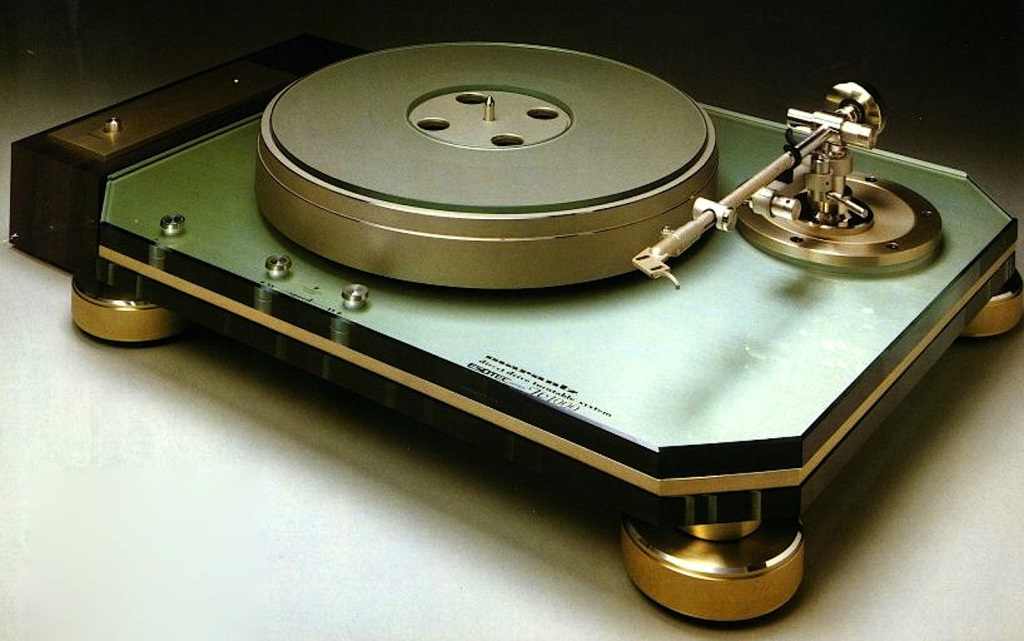 Back in 1979, vinyl was the only serious music carrier this side of open reel tape, and – if you believed the UK hi-fi press at least – the only serious LP spinner was the Linn Sondek LP12. Elsewhere however, this view was less universally held, and in Japan there was a heated battle going on between a number of the country’s consumer electronics giants to produce the best disc spinner the world had yet seen…
Back in 1979, vinyl was the only serious music carrier this side of open reel tape, and – if you believed the UK hi-fi press at least – the only serious LP spinner was the Linn Sondek LP12. Elsewhere however, this view was less universally held, and in Japan there was a heated battle going on between a number of the country’s consumer electronics giants to produce the best disc spinner the world had yet seen…Πως,Ποτε,Γιατι,Απο Που,Απο Ποιον κολλησατε το μικροβιο του Ηome Cinema?
me πάντως όταν έφτιαχνα το σαλόνι μου ήρθε η φαεινή ιδέα να βάλω μια κουρτίνα. για να μην φαίνεται το κουρτινόξυλο έβαλα ένα τοιχάκι γυψοσανίδας μπροστά. Μετά είπα, με τόσο ωραία κουρτίνα και τοιχάκι, να μην κρύψω και μια οθόνη απο πίσω? έτσι ρε παιδί μου πες ότι παίρνω έναν προτζέκτορα κάποια...www.avsite.gr




Περίπου 6000$ σήμερα...Pioneer P3 Exclusive...καποιος τωρα τελευταια αναφερε και τιμες σε γιεν.. 600.000 ειναι πολλα αραγε?
Αυτή η μανία που υπήρχε κάποτε με τις αντλίες υποπίεσης για να κρατάνε τον δίσκο, πέρασε σύντομα....Και ένα από εμένα, ζωντανό, σπαρταριστό:
Κοιτάξτε στα 3:13 την καμπύλη απόκρισης της κεφαλής! Και εδώ διαθέσιμη:The first direct-drive turntable was invented by Shuichi Obata, an engineer at Matsushita (now Panasonic),[3] based in Osaka, Japan.[5] It eliminated belts, and instead employed a motor to directly drive a platter on which a vinyl record rests.[2] In 1969, Matsushita released it as the SP-10,[2] the first direct-drive turntable on the market,[4] and the first in their influential Technics series of turntables.[2] In 1971, Matsushita released the Technics SL-1100. Due to its strong motor, durability, and fidelity, it was adopted by early hip hop artists.[2]
A forefather of turntablism was DJ Kool Herc, an immigrant from Jamaica to New York City.[4] He introduced turntable techniques from Jamaican dub music,[7] while developing new techniques made possible by the direct-drive turntable technology of the Technics SL-1100, which he used for the first sound system he set up after emigrating to New York.[4] The signature technique he developed was playing two copies of the same record on two turntables in alternation to extend the b-dancers' favorite section,[7] switching back and forth between the two to loop the breaks to a rhythmic beat.[4]
The most influential turntable was the Technics SL-1200,[1] which was developed in 1971 by a team led by Shuichi Obata at Matsushita, which then released it onto the market in 1972.[5] It was adopted by New York City hip hop DJs such as Grand Wizzard Theodore and Afrika Bambaataa in the 1970s. As they experimented with the SL-1200 decks, they developed scratching techniques when they found that the motor would continue to spin at the correct RPM even if the DJ wiggled the record back and forth on the platter.[1] Since then, turntablism spread widely in hip hop culture, and the SL-1200 remained the most widely used turntable in DJ culture for the next several decades.[2][1]
Technics also introduced the first direct-drive tangential-arm turntable, the model SL-10, in 1981
